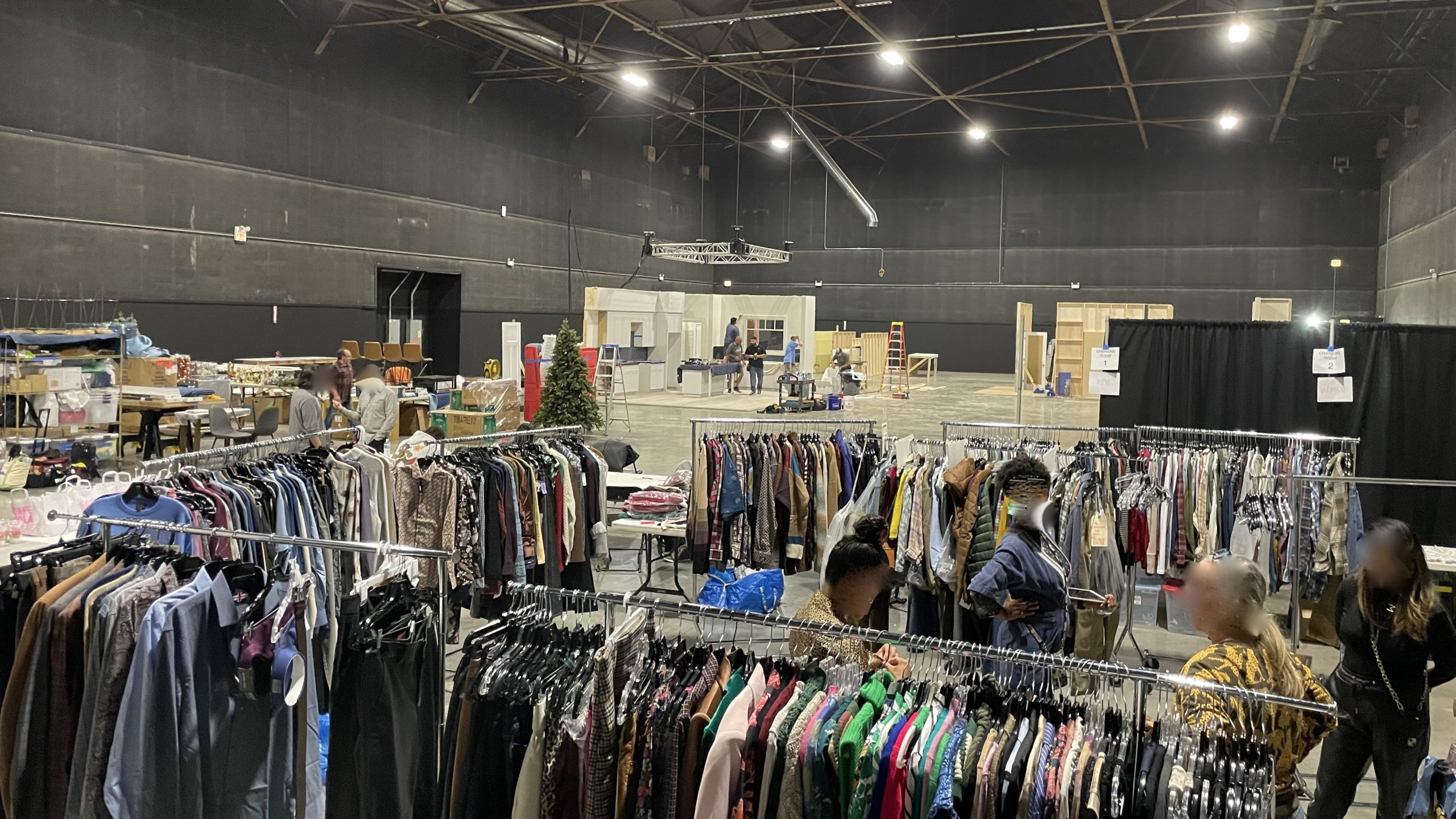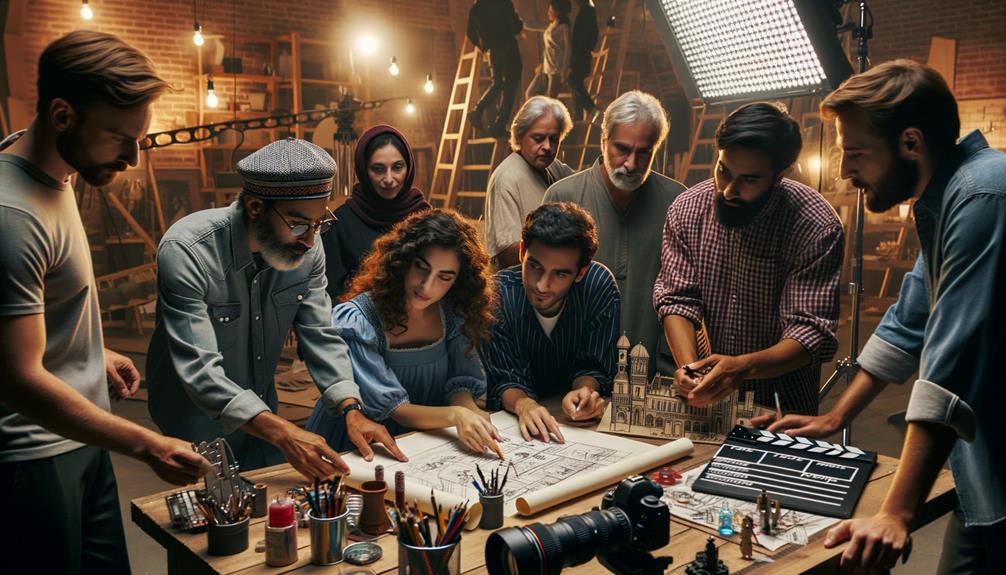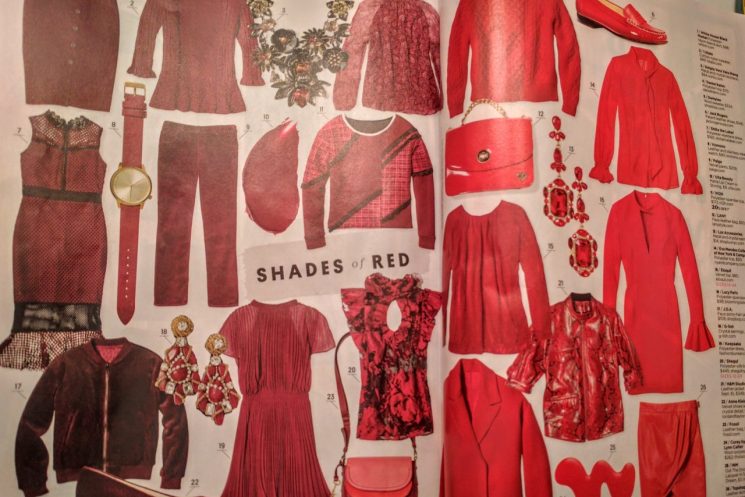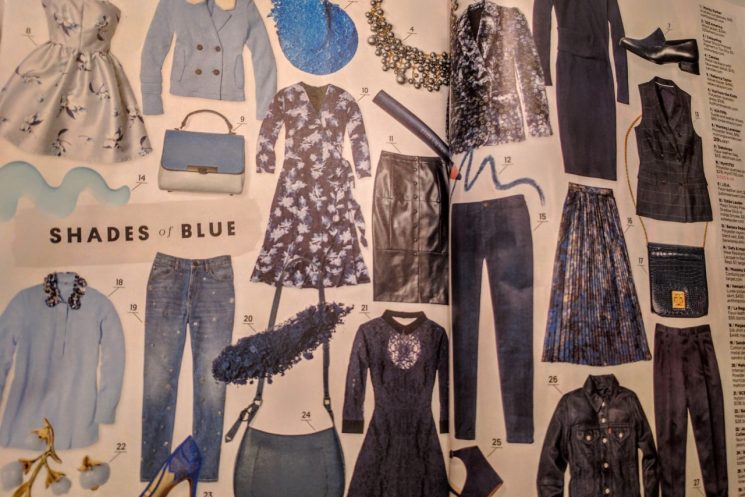What Does a Costume Designer Do?
:max_bytes(150000):strip_icc()/la-la-land-1-2000-34f54be5f934431f884496dd05987572.jpg)
Script Analysis & Research
Studying the screenplay to understand character arcs, time periods, and thematic elements that inform costume choices.
Concept Development & Sketching
Creating visual concepts and detailed sketches that capture each character's personality and journey.
Costume Creation & Fitting
Overseeing the construction, purchasing, and fitting of all costumes to ensure perfect fit and character authenticity.
On-Set Support
Managing costume continuity, making adjustments, and ensuring costumes work perfectly for each scene.






